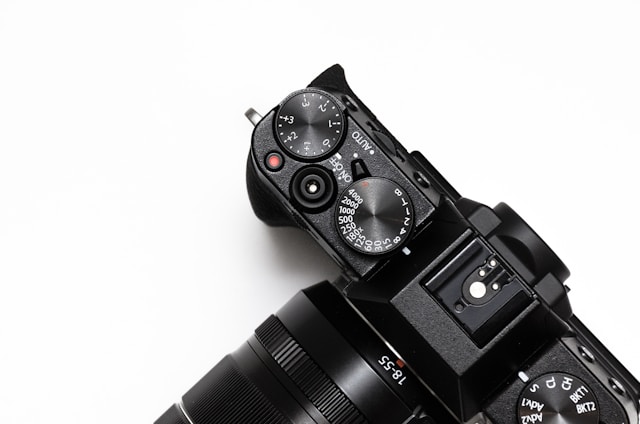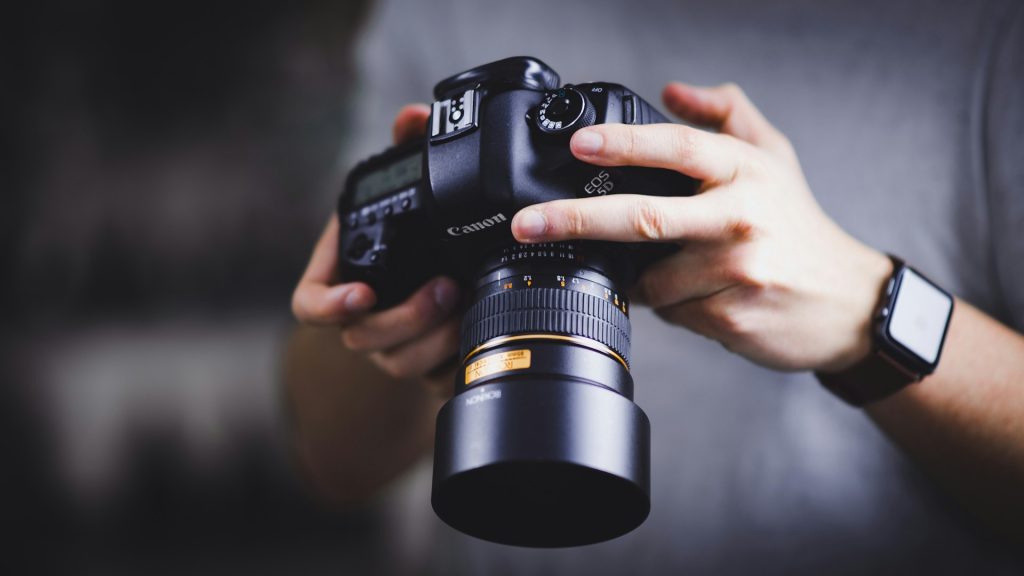Entering the world of photography can be exciting but also a bit stressful for beginners. Basic camera settings are the first step to understanding how to take better photos. Let's look at what the basic terms mean and how to use them.
- Aperture: The aperture controls how much light passes through the lens. It is expressed in f-stops (e.g. f/2.8, f/5.6). A lower f-stop means more light and less depth of field, ideal for portraits. Higher f-stop means less light and greater depth of field, ideal for landscapes.
- Shutter Speed: Controls how long the camera shutter stays open. Fast speeds (e.g. 1/1000) freeze motion, while slower speeds (e.g. 1/30) create motion effects.
- ISO: ISO controls the sensitivity of the camera sensor to light. Low ISO (e.g. 100) is ideal for bright conditions, while high ISO (e.g. 3200) helps in low light, but can add noise.
- White Balance: It helps to render the right colours, regardless of lighting conditions. Choose settings such as Daylight, Cloudy or Tungsten, depending on the situation.

Experiment with these settings and don't be afraid to make mistakes. Practice and familiarity with your camera is key.
